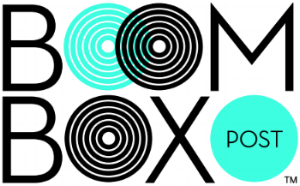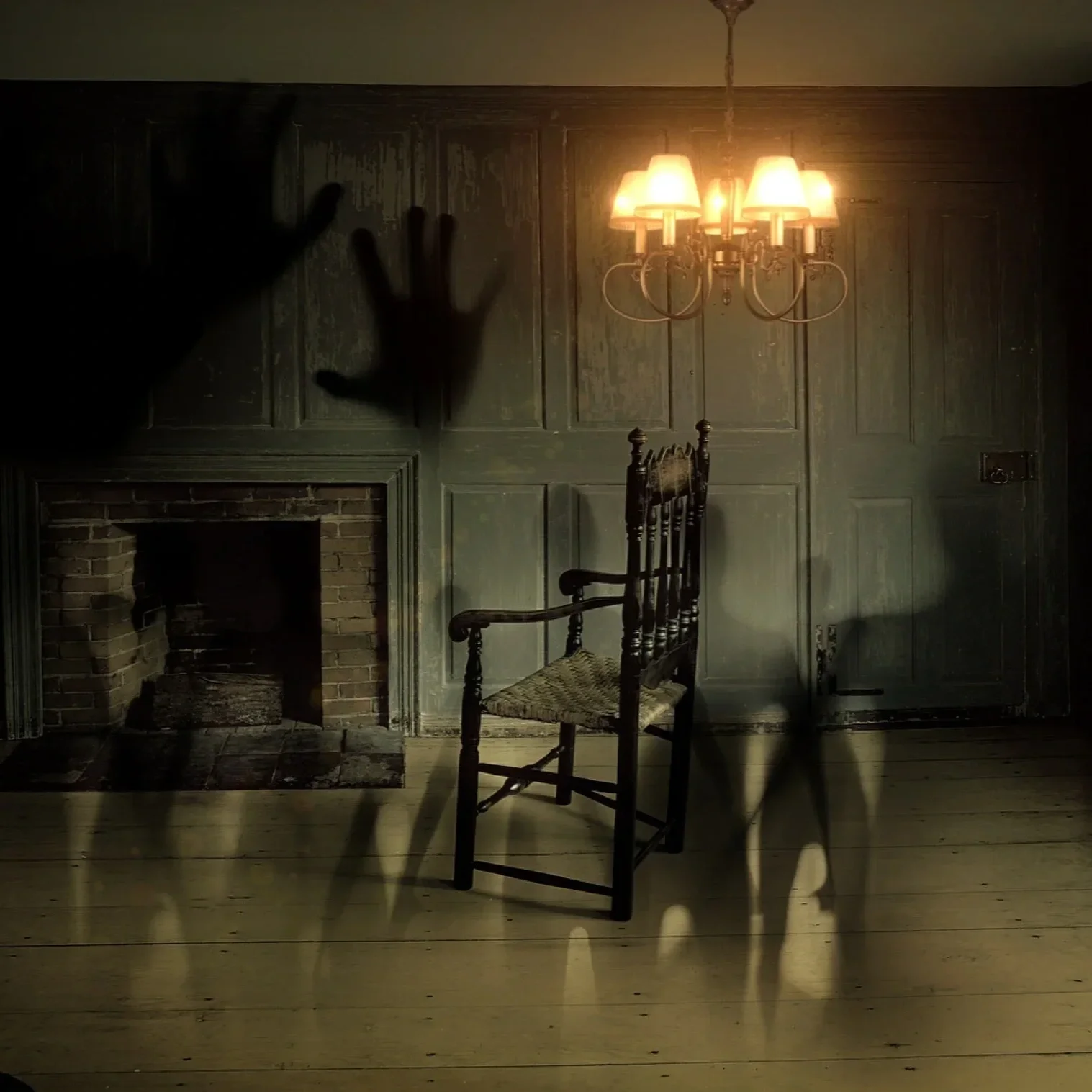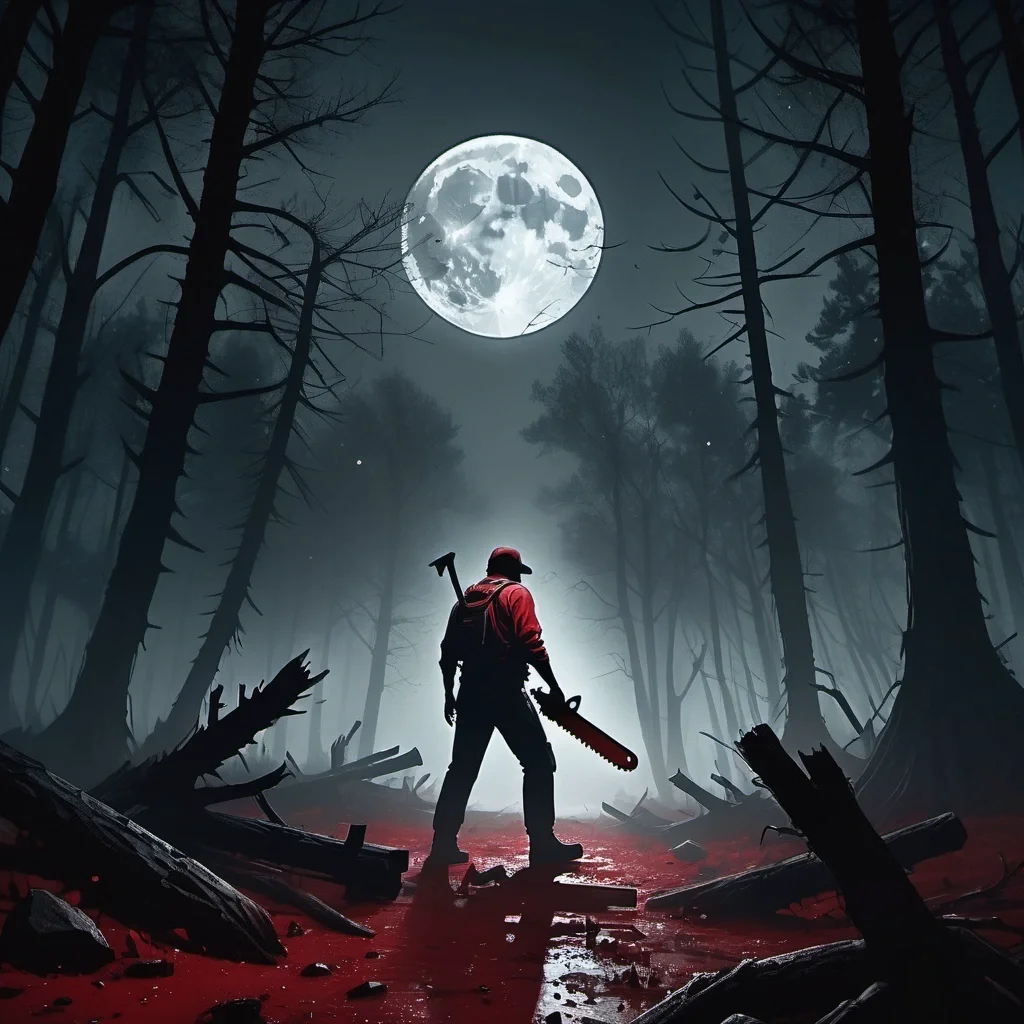WRITTEN BY Kyle stockbridge
Office administrator OF BOOM BOX POST
Way before holiday themed soundtracks were just one click away on Spotify or YouTube, families bought holiday themed vinyl albums to set the mood at their holiday parties. These albums brought the holiday spirit to any space, and in the 60’s there was a shift from holiday music albums to sound effects albums. As we prepare to flip our calendars from September to October and officially enter Spooky Season, I felt it was appropriate to take a look and listen to the origin story of these iconic soundtracks, and how they shaped our perception of the sound of Halloween over the years.
Origins of Halloween SOUND EFFECTS Records
The market for spooky sound records emerged in post-war America during the 1950s and 1960s. With the rise of mass-market vinyl and novelty albums, record labels realized there was money to be made in seasonal content: not just Christmas carols, but Halloween as well. Early demand came from families looking for the perfect soundtrack for their halloween party.
Below are a handful of the most iconic albums of the era:
Chilling, Thrilling Sounds of the Haunted House [Disney, 1964]
Perhaps the most iconic of them all, often cited as the very first mass-released halloween sound effects album. Split between narrated “stories” and raw sound effects, this album reached “Gold” status, selling over 500,000 copies in the US. It even had a rerelease in 1995, further solidifying it’s place as a Halloween staple. From ocean storms, creaky elevators, ghostly screams and howling wolves, this album really laid the groundwork for the iconic sounds of Halloween.
Use the link above to take a listen to this iconic album!
Sounds To Make You Shiver [Pickwick, 1974]
Monster Mash: Sounds of Terror [Pickwick, 1974]
Picking up where Disney left off almost a decade later, record label ‘Pickwick’ entered the seasonal sound effects LP scene with a pair of iconic Halloween records in 1974. Unlike the Disney album, Pickwick’s “Sounds To Make You Shiver” skipped the story narration and focused on a true atmospheric soundscape. This was the perfect fit for a haunted house soundtrack, complete with the usual suspects: creaking doors, howling wolves, booming thunder, distant screams… but with the addition of constant organ drones and synthetic winds whistling throughout. Oh, I can smell the smoke machine chemicals just writing this…
Countless budget knockoffs followed. Records with titles like Famous Monsters Speak, Fright, and Spooky Sounds to Scare Your Neighbors. Half the fun was the cover art and over-the-top track names.
How were they made?
The sounds on these records came from a mix of sources, stitched together much like a sound editor builds a scene:
Stock sound libraries: Studios already had reels of howls, thunder, and screams. These were often repurposed wholesale.
Field & Foley recordings: Chains dragged across floors, doors creaked on cue, and actors offering bloodcurdling screams specifically for the record.
Synthetic sound design: White noise filtered into gusting “wind,” organ chords layered under effects, and tape manipulation for pitch-shifted groans.
Looping and layering: Long stretches of continuous sound were created by looping tape. It was cheap, eerie, and effective.
So… were these albums recorded and edited through original studio sessions like a band recording an album? Not exactly. They were mostly collages of existing sound effects libraries and quick Foley sessions, repackaged for consumers. The process of patching the sounds from different sources is part of what gives them their “haunted” lo-fi charm.
How Did They Impact our perception of halloween and horror?
For millions of families, these LPs became the definitive sound of Halloween. The familiar cues (wolves howling, witches cackling, ghouls shrieking, zombies moaning etc) were reinforced year after year at parties and trick-or-treat nights.
Cartoons, TV specials, and even haunted attractions borrowed from the same sonic vocabulary. You can hear the DNA of these LPs in everything from Scooby-Doo to It’s the Great Pumpkin, Charlie Brown. They created a feedback loop: the public expected Halloween to “sound” like this, so creators kept using the same sound palette. For professional sound designers, it’s interesting to note how consumer products, not Hollywood studios, played a big role in standardizing the auditory language of “scary.”
How to make your own soundtrack
Want to experiment making your own soundtrack?? Here are some ideas to get you started:
Environmental: Synthesized/filtered winds, ominous organ drones, thunder recordings, rain, dripping water, fire crackling
Animals: Dog barks, wolf howls, cat screams, cat cries, owl hoots, crow caws, rat squeals, bat squeaks and wing flaps
Vocals: Distant screams, pitched down moaning, groaning, evil laughter, heavy breathing (reverb!)
Metal: Sheet metal, creaks, chains, metal scrapes
Wood: Floor board creaks, door hinges creaking open or closed, door slams, wood crunching, loud door knocking
Body/Gore: Bone snaps, knife stabs, fleshy squishes, heartbeats
Boom Box Post’s haunted soundtrack recreations
Take a listen to these Spooky Soundtracks created by Boom Box Post co-owner Kate Finan and myself!
Do you have a favorite halloween or haunted house memory? Let us know in the comments!
If you enjoyed this blog, check out these:
Death by [Sound Effect]: A Halloween Sound Design Challenge
Creating Spooky Vocal Sound Effects for Halloween
Halloween Creature Sound Design






